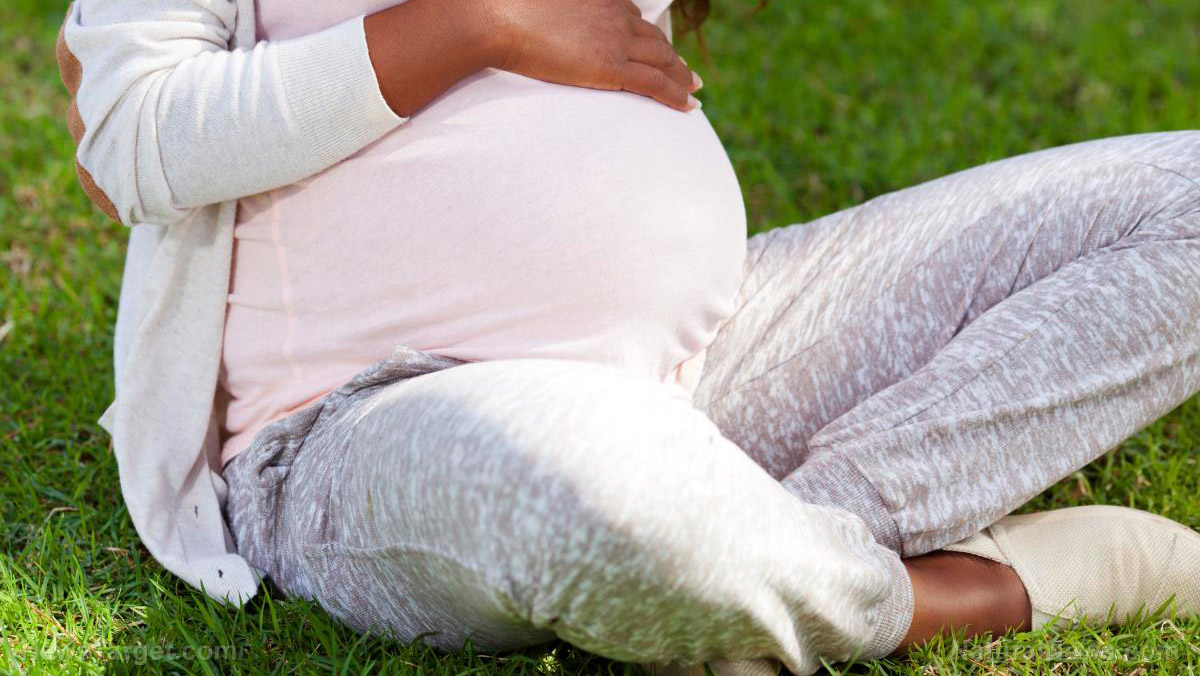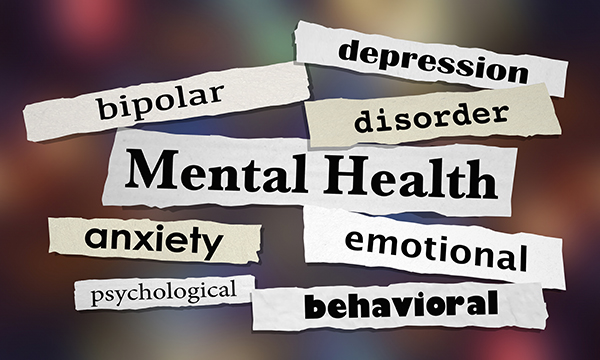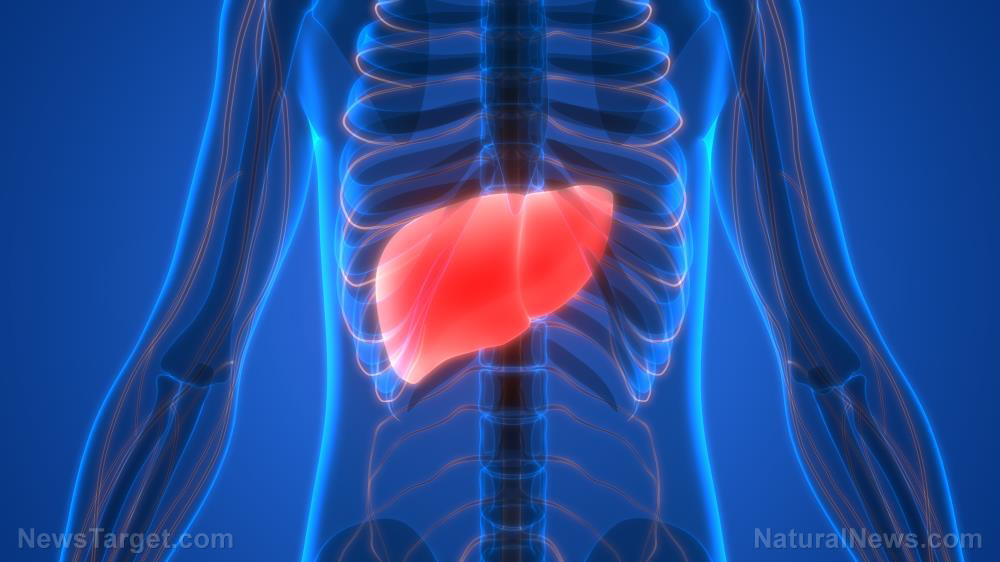New research reveals cesarean delivery increases risk of severe postpartum pain and sleep disorders
10/13/2025 / By Cassie B.

- New research links C-sections to severe postpartum pain and sleep disorders.
- C-sections increase the risk of new sleep disorders like insomnia within the first year.
- Children from planned C-sections have a higher risk of acute lymphoblastic leukemia.
- Advanced labor C-sections significantly increase the risk of future premature births.
- The rising C-section rate is linked to systemic failures and a lack of informed consent.
Bringing a new life into the world should be a time of joy, but for a staggering number of mothers who give birth via Cesarean section, it becomes a period marked by debilitating pain and sleepless nights that disrupt their ability to care for their newborn and themselves. This harsh and often unmentioned reality is now backed by new research presented at the ANESTHESIOLOGY 2025 annual meeting, which exposes the significant postpartum burdens linked to C-sections, revealing a higher risk of severe pain and new sleep disorders that can profoundly impact a mother’s recovery.
This groundbreaking research, which included both detailed interviews and a massive data analysis, provides a serious look at the aftermath of surgical birth. In a qualitative study of 41 mothers, the disparity was dramatic. A overwhelming 73 percent of mothers with scheduled C-sections and 67 percent with unplanned C-sections reported severe pain that disrupted their sleep and daily activities. In sharp contrast, only 8 percent of women who had vaginal births reported this level of debilitating pain.
The hidden toll on mothers
The consequences extend far beyond the initial recovery period. A quantitative analysis of a nationwide insurance database encompassing more than 1.5 million mothers delivered even more alarming news. The study found that women who underwent a C-section were 16 percent more likely to be diagnosed with a new sleep disorder within the first year after giving birth compared to those who delivered vaginally. These disorders include insomnia, sleep deprivation, and obstructive sleep apnea.
“Sleep is often overlooked in postpartum recovery, but it is central to a mother’s physical and mental health,” said Moe Takenoshita, M.B.B.Ch., lead author of the study and a postdoctoral scholar at Stanford University. “Cesarean delivery in particular appears to increase the risk for severe pain and sleep disorders, which can lead to postpartum depression, thinking and memory problems, and fatigue, as well as disrupt bonding with their babies and relationships with family and friends.”
Long-term risks for mothers and babies alike
The concerns for maternal and child health do not end with pain and sleep. A separate study from Sweden, which analyzed more than 2.4 million births, found that children delivered by planned C-section have a 21 percent higher risk of developing acute lymphoblastic leukemia (ALL) than those born vaginally. While the absolute risk remains low, researchers confirmed the link even after accounting for other maternal and newborn factors.
Adding to this list of complications, researchers from University College London found that C-sections performed at an advanced stage of labor carry another significant danger for mothers. These procedures make a woman about eight times more likely to develop scars in the womb near or within the cervix. These scars heal poorly and are known to significantly increase the risk of premature births in future pregnancies.
This collection of evidence points to a systemic failure within the traditional medical establishment. The rising rate of C-sections, now over 32 percent in the United States, is more than double the rate recommended by the World Health Organization. This trend can be attributed to a confluence of factors, including doctors’ willingness to perform the surgery for convenience, financial incentives, and a critical lack of informed consent provided to expectant parents.
Women’s bodies are designed to deliver babies, yet the medical system often sidelines this natural process in favor of a predictable schedule. The corruption lies in a system that frequently fails to provide balanced information, warning about the risks of vaginal birth after cesarean while downplaying the serious, long-term consequences of multiple C-sections for both mother and child.
The message here is clear. The choice of birthing method should be based on accurate information, not fear or a lack of credible information propagated by traditional institutions. Women deserve to know all the facts before making such a significant decision.
Sources for this article include:
Submit a correction >>
Tagged Under:
C-section, Cesarean delivery, childbirth, health science, medical violence, Mind, mind body science, pain, postpartum, pregnancy, real investigations, research, sleep, sleep disorders, truth, women's health
This article may contain statements that reflect the opinion of the author





















